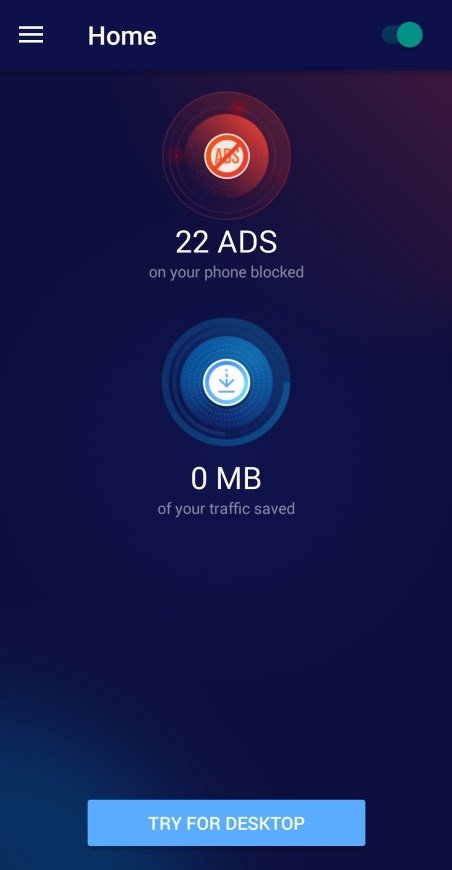


“Employers are going to need to be clear on what hybrid work means in their organization - and they’ll need employees to buy into that. “Some companies are forcing employees back to the office, even going so far as threatening pay cuts.
#FOES STOPAD WORK SOFTWARE#
Micah Remley, CEO of workplace management software maker Robin Powered, said companies face a communication quandry they must address. One of Google's "campfire" room layouts that enable a more interactive remote meeting because monitors are placed where eveyone has the same view and it is at eye level. And these are populations you don’t want to upset,” he added. “So, anyone who wants to combat an empty office with a mandate is running a very real risk of telling certain populations they don’t want to hear.

#FOES STOPAD WORK SKIN#
“Diverse populations of almost any measure - whether skin color, sexual orientation, physical disability - are affected by in-office requirements, and there’s a higher desire for workplace flexibility either when taking a job or the likelihood to leave a job if you’re not offered it,” Kirschner said. Not everyone, for example, had the same level of inclusion and equality in an office setting that allowed working from home to become a great equalizer. Another realization: working in the office, by default, was less great for some people than others. The COVID pandemic, Kirschner said, served as an unintentional experiment that revealed a host of uncomfortable truths, namely that employees always preferred remote work and at-home knowledge workers were just as, if not more, productive. Some reports have blamed the office vacancies on high-profile layoffs during the past year, especially among technology companies. “We don’t see this as the kind of thing that gets clawed back in the context of a loosening of the labor market if a recession hits.” “We have seen broad-based adoption of hybrid work throughout the pandemic, and we expect to see persistence going forward,” said Phil Kirschner, an associate partner in McKinsey & Co.’s real estate and people and organizational performance practices. With the shift to hybrid and remote work expected to stay, the future of the traditional downtown office - and what that means for workers - is decidedly hazy. The Triangle currently has 4.4 million square feet of vacant office space, or a record high 8.3% of overall market inventory. The IQVIA building rests in the Research Triangle created by Raleigh, Durham and the town of Chapel Hill, NC. In Durham, NC, the headquarters of health information technology firm IQVIA lies empty, a victim of hybrid and remote work policies. New York City saw a 45% decline in office values in 2020, and over the next two years those values declined 39%, representing a $453 billion loss in overall office real estate value, according to a September study by the National Bureau of Economic Research.Īnd even in smaller, less-dense commercial areas, the problem persists.


 0 kommentar(er)
0 kommentar(er)
